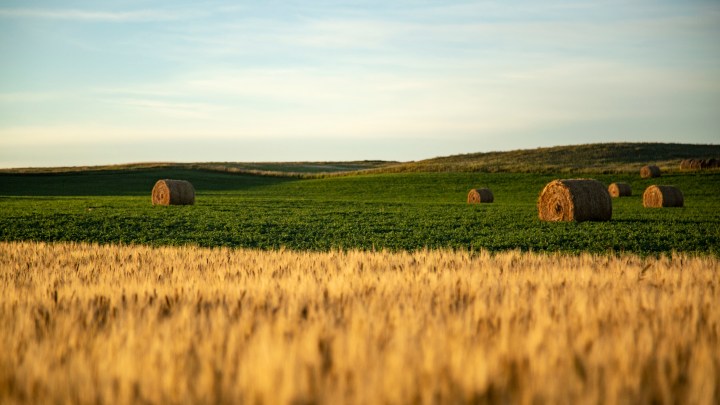
New lender aims to boost access to credit for Native farmers, ranchers
New lender aims to boost access to credit for Native farmers, ranchers

For decades, Indigenous farmers and ranchers argued that the U.S. Department of Agriculture’s loan programs discriminated against them.
In 1999, they filed a class-action lawsuit, and after nearly 20 years of legal wrangling, they reached a settlement that established the Native American Agriculture Fund.
Now, that group is setting up its own financial institution to improve Native producers’ access to credit.
Before that settlement, Lyman Colliflower was looking to expand his family’s cattle ranch on the Rocky Boy’s Reservation in Montana. He said securing loans from local banks was pretty simple.
But “the process with the FSA and that part … uh … really wasn’t,” Colliflower said with a chuckle.
The FSA is the federal Farm Service Agency. Colliflower believes it saw him as a risky investment since — like many Native producers — he works on tribal land that he doesn’t own outright.
“You can’t use that as collateral. That’s probably the toughest barrier for Indian ranchers,” he said.
Ranchers like Ruben Roman, who raises cattle on the Wind River Reservation in Wyoming. He said the process is still frustrating. “I got denied every which way.”
So, Roman skipped the federal process and went to a Native-owned bank in South Dakota. “We got the loan, and I bought some cattle like that. That’s where I do all my lending now,” he said.
These stories are common among Native producers, said Carly Hotvedt, associate director of the Indigenous Food and Agriculture Initiative.
Instead of traditional banks and the federal government, tribally owned community development financial institutions, or CDFIs, can fill producers’ needs.
“They are specifically targeted towards supporting Indigenous producers that other institutions may not be as willing to extend credit for,” she said.
The Native American Agriculture Fund’s new financial institution will support those community banks. CEO Toni Stanger-McLaughlin said the goal is to increase the amount they are able to lend to Native producers.
“To allow them the ability to grow,” she said. “To have the same opportunities that were provided to other farmers.”
Stanger-McLaughlin said it’s still up to the federal government to improve its lending process for Native farmers.
There’s a lot happening in the world. Through it all, Marketplace is here for you.
You rely on Marketplace to break down the world’s events and tell you how it affects you in a fact-based, approachable way. We rely on your financial support to keep making that possible.
Your donation today powers the independent journalism that you rely on. For just $5/month, you can help sustain Marketplace so we can keep reporting on the things that matter to you.











